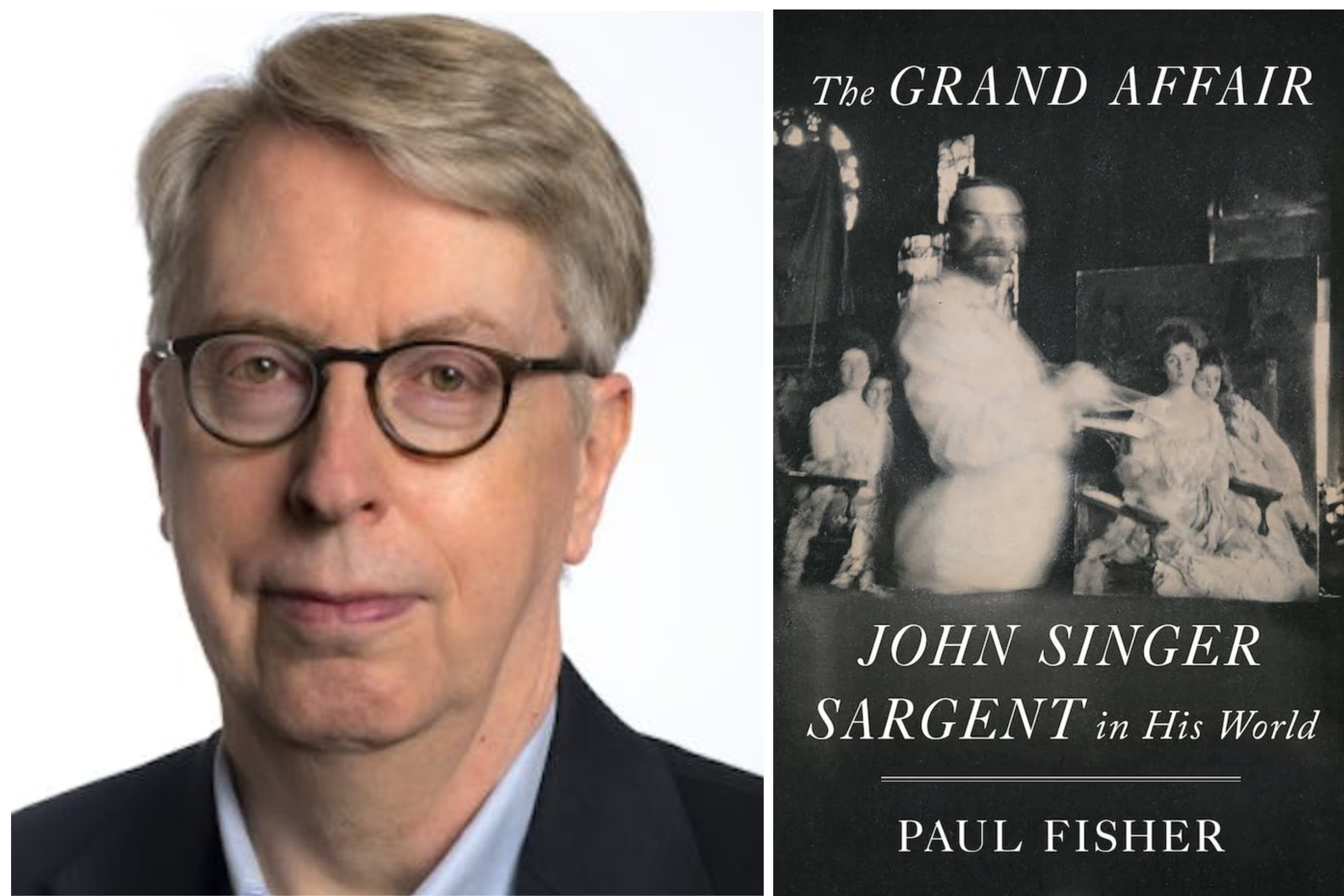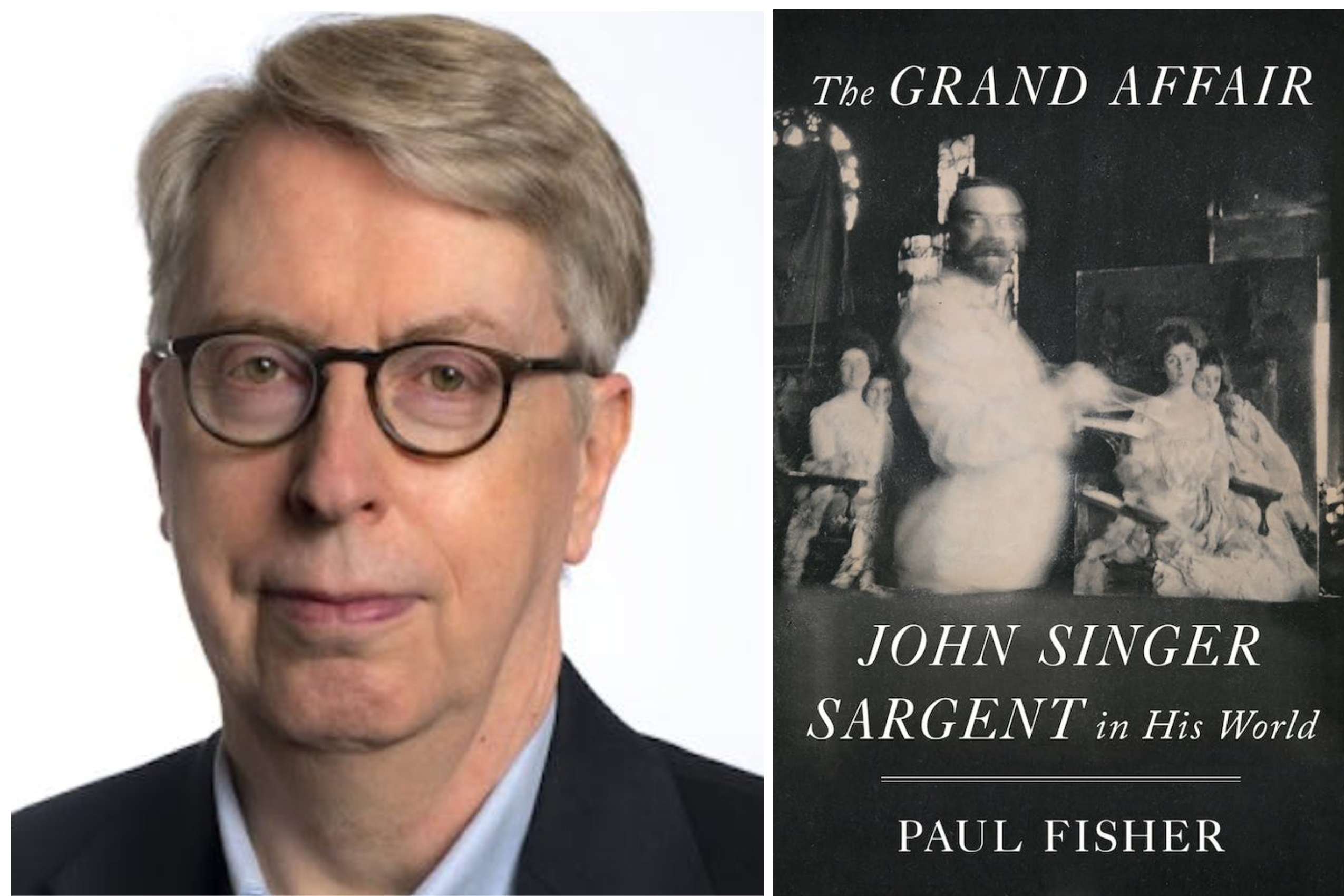When you walk into the Ruth and Carl J. Shapiro Gallery at Boston’s Museum of Fine Arts, something remarkable happens. After strolling past any number of staid, well-executed portraits in the rooms of the American wing, you suddenly find yourself in the presence of what appear to be real people, rendered vividly, their faces lit up with humor, passion, and personality—Mrs. Edward Darley Boit, with her pink, polka-dot dress and her daughters with their moody, searching expressions; Louise Pomeroy’s captivating side-eye, and the smartly dressed Charles Paine. When you look at these paintings, you feel as if they are looking back.
As a portraitist, John Singer Sargent not only captured his subjects’ appearances, he also captured who they really were underneath the image they sought to present to the world. He did so with an acuity that both riveted and unsettled audiences in the late 19th and early 20th centuries, and at times discomfited his patrons and clients. This talent, says Wellesely professor Paul Fisher, was shaped not only by his unique upbringing, but also by his own experiences with the ambiguities of identity as he moved among the bohemian circles of the Belle Époque.

In “The Grand Affair: John Singer Sargent in His World,” Fisher provides a comprehensive and engaging biography of the artist, from his peripatetic youth traveling throughout Europe to his final years toiling over grand projects for the MFA and Boston Public Library. A precise and erudite writer with a strong, authoritative voice, Fisher combines biography, history, and art criticism to give readers an immersive vision of Sargent’s extraordinary life and times. In particular, Fisher attempts to shift through the evidence concerning Sargent’s uncertain sexuality while detailing the complex and convoluted attitudes toward homosexuality that were emerging during the period.
With the increasing acceptance of LGBTQ identities in contemporary culture, there is an effort to look back in search of historical figures whose sexuality was suppressed or written out of the historical record. Indeed, many of Sargent’s contemporaries clandestinely engaged in what would today be considered queer relationships and left documentary evidence to that effect. In Sargent’s case, there’s no hard proof, but plenty of compelling, circumstantial evidence that he may have been involved with same-sex partners. Though he did have relationships with women, they were spotty and short-lived; in contrast, he had very personal, long-term associations with several men, including the artist Albert de Belleroche and models Nicola d’Inverno and Thomas McKeller (of whom a striking nude is on display at the MFA). It’s very possible that these men were his lovers.
In the late 1800s, however, it could be difficult to distinguish between what Fisher calls “male Victorian romantic friendship,” in which men could cultivate a deeply felt, non-sexual intimate attachment to one another, and homosexuality, which was only just becoming thought of as something distinct. Fisher describes how what was once merely a set of proscribed actions began to form, through pseudoscientific clinical psychology, into a pathology and ultimately, a stigmatized identity—think of the doomed “inverts” of Marcel Proust’s “Sodom and Gomorrah.” Sargent’s focus on male nudes and aversion to female nudes is raised as evidence, but Fisher notes that the École des Beaux-Arts, where the painter learned his craft, discouraged the latter because the contemporary artistic perspective was that women’s bodies were “insufficiently elevating.”
Fisher is quick to concede that we can’t ever really know if Sargent was gay, and that many of the things we perceive as indicative were, at that time, probably unremarkable. That said, it’s never unclear where his belief lies, sometimes to the detriment of his argument. For example, he’s assured of the latent homoeroticism present in Sargent’s “Peter Harrison Resting,” but is quick to dismiss the sexual suggestiveness in paintings with female subjects, such as “El Jaleo” or “A Capriote,” as “either unconscious or… satirical.” Having been personally captivated by Sargent’s uncharacteristically dishy Virgin Mary at the BPL, I think we as viewers must be cautious about how much of our own perspective we bring to the work.
What’s certain, however, is that Sargent’s portraits of women, from the scandalous “Madame X” to his rendering of Isabella Stewart Gardner, were wildly different from those of his peers. They do not objectify or minimize their subjects, nor do they engage in base stereotypes. As his career blossomed, Fisher says that “Sargent increasingly identified with women and allied himself with their points of view.” His appreciation for these bold, powerful women can be felt throughout his work, and his ability to bring out what’s best in them is a big reason why his work remains so striking today. Likewise, Paul Fisher’s ability to get to the heart of Sargent’s genius makes “The Grand Affair” a truly defining work, and one worth revisiting in order to relish every last detail.







